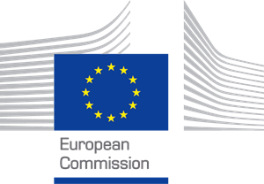One of the most critical issues of urban air quality in Europe, particularly in Central and Eastern Europe, is the frequent incidence of high levels of respirable particulate matter (PM10/PM2.5).
Solid waste-burning, a relatively uncontrolled emissions source, contributes significantly to these large levels, especially in wintertime. The European Commission contracted a team of experts to carry out further research to determine the magnitude and source contribution of waste burning to PM and BaP levels in Hungary and Romania.
VITO was involved in both the measurement campaigns and air quality modelling (assessment, source apportionment). For the latter, the main aim was to obtain insights into the uncertainties and limitations of the emissions inventory used for air quality modelling in Hungary and Romania.
Urban scale air quality models were set up for Miskolc in Hungary and Magurele in Rumania, locations at which there were mobile measurement campaigns. The mobile measurements were aggregated both in space and time and compared to the air quality model results. The main conclusion was that the current emission data used in the modelling which is based on the reported residential heating emissions can’t adequately explain the concentration pattern of PM2.5 (particles with a size less than 2.5 microns) that was measured.
Reference: 07.027737/2018/788206/SER/ENV.C.3.
Client: DG Environment and University of Pannonia (co-ordinator)
Partners: Hungarian Meteorological Service, National Institute of Research and Development for Optoelectronics INOE 2000 and Institut für Energie- und Umwelttechnik e.V.
Year: 2018 – 2021


